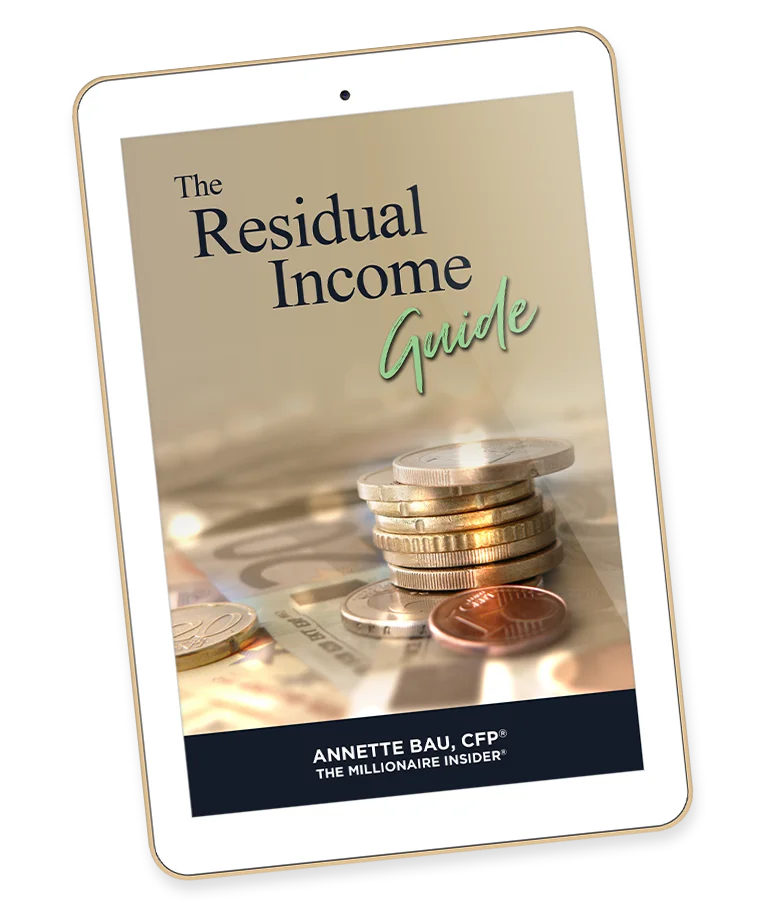A common question people ask is if interest on treasury bills is taxable. And while it is not subject to state tax, many people are overpaying taxes on these securities. Keep reading to learn what you can do to reduce your taxes so you can maximize your return.
Types of Treasury Securities
There are three types of U.S. government debt securities issued by the U.S. Department of the Treasury. They differ mainly in their maturity periods and interest payment structures.
- Treasury Bill (T-Bill)
- Treasury Note (T-Note)
- Treasury Bond (T-Bond)
1. Treasury Bill (T-Bill)
- Maturity:
- Interest Payments:
- Risk and Liquidity:
Short-term (less than 1 year) – commonly issued in 4-week, 8-week, 13-week, 26-week, and 52-week terms.
No periodic interest payments (zero-coupon bond). Instead, they are sold at a discount to their face value, and you earn interest when they mature at full value.
For example, you buy a $1,000 T-Bill for $950. At maturity, you receive $1,000, making a $50 profit.
Lowest risk; highly liquid.
2. Treasury Note (T-Note)
- Maturity:
- Interest Payments:
- Risk and Liquidity:
Medium-term (2 to 10 years) – commonly issued in 2, 3, 5, 7, and 10-year terms.
Pays interest (called coupon payments) every six months at a fixed rate.
Moderate risk; still highly liquid, especially shorter-term notes.
3. Treasury Bond (T-Bond)
- Maturity:
Long-term (20 to 30 years). - Interest Payments:
Like T-Notes, T-Bonds pay fixed interest every six months. - Risk and Liquidity:
More exposure to interest rate risk since they are long-term. They are less liquid than T-Bills and T-Notes.
A better question than “Is Interest on Treasury Bills Taxable?” is “How are Treasury Securities Taxed?
 Federal law exempts state and local taxes on interest earned from Treasury securities. This includes income from T-bills, T-notes, or T-bonds.
Federal law exempts state and local taxes on interest earned from Treasury securities. This includes income from T-bills, T-notes, or T-bonds.
The state tax benefit extends to distributions from ETFs and money market funds that invest in treasuries.
However, many 1099 tax forms do not distinguish the Treasury portion from other types of income.
Categorization of Distributions
Note that fund companies categorize distributions according to IRS guidelines. Examples include qualified dividends, non-qualified dividends, or short-term capital gains.
You might end up overpaying state taxes because there isn’t a specific reporting category solely for Treasury income on your federal tax return. This is especially true in states with high tax rates.
For instance, if you earn a 5% yield on Treasury bills but the Treasury-derived income isn’t clearly reported, you might face an additional tax cost in a state such as California, Connecticut, or New York.
This is money that could otherwise be reinvested or saved.
This kind of challenge isn’t limited to pure Treasury funds; even diversified bond funds that include Treasuries or funds using T-bills as collateral might have portions of income that qualify for state tax exemption. Such funds require a manual adjustment by the tax preparer or investor.
Reasons Behind the Confusion
Lack of Segregated Reporting:
Fund custodians report income using the classifications provided by fund companies. This occurs because no IRS mandate separates Treasury income on tax forms.
Mixed Investment Holdings:
Many ETFs and money market funds invest in a mix of Treasury and non-Treasury securities, complicating the separation of the tax-exempt portion.
Investor Awareness:
The names of funds can be misleading when it comes to their tax treatment. For example, one fund might be nearly all Treasury income under the label “U.S. Treasury Money Fund,” while another, titled “Treasury Obligations Money Fund,” might only have about 30% of its income qualifying as Treasury income, with the remainder coming from reports that don’t meet the criteria for a tax exemption.
Always check with a qualified tax expert before reporting your income and filing your taxes to make sure you are reporting income and completing your return correctly.
How to Correctly Report Treasury Income on Your Taxes
 It is crucial to manually separate Treasury income from other taxable distributions to prevent overpayment. Let’s review the process:
It is crucial to manually separate Treasury income from other taxable distributions to prevent overpayment. Let’s review the process:
- Examine Your 1099 Forms (1099-DIV or 1099-INT):
- Review Fund Disclosures:
- Identify the Exempt Amount:
This is where distributions from money market funds, bond index funds, and Treasury ETFs will be reported.
Fund companies typically offer a tax supplement or an online breakdown that shows the percentage of income attributable to Treasuries.
States such as California, New York, and Connecticut require at least a 50% allocation to Treasury securities for full state tax exemption, while other states may only offer partial benefits.
a. Multiply your total distribution by the Treasury income percentage. For example, if you received $1,000 in distributions and 55% originated from Treasuries, then $550 might be exempt from state taxation. You may need to contact the firm or advisor who is managing your money to ensure the amount is correct.
b. Confirm the Correct Amount is Reported:
Use the appropriate line or schedule on your state tax return for exempt income, ensuring that the Treasury portion is clearly identified.
c. Use Tax Software or Professionals Wisely:
When filing with tax software like TurboTax, follow prompts to enter Treasury income details. If you use a tax preparer, verify that they have accounted for this detail—many professionals can overlook it.
Keep Detailed Records
Maintaining detailed records of your investments and the tax-exempt percentages your funds provide can greatly simplify your tax filing process and help you avoid errors.
Additional Questions for your Advisors:
- What other tax-exempt interest should I consider?
- Do corporate bonds make sense to me?
- Should I consider more taxable or tax-exempt securities?
- Does avoiding state and local income taxes make sense?
- What is my state income tax rate?
Conclusion – “Is Interest on Treasury Bills Taxable?”

With Treasury yields on the rise, ensuring that your tax reporting accurately reflects the state tax-exempt status of your Treasury income is more important than ever.
By manually distinguishing Treasury distributions on your tax forms—even when dealing with diversified funds—you can avoid unnecessary state tax burdens that could cost you hundreds or even thousands of dollars. As a result you can levy the tax advantaged gains from T-bills.
Review your tax documents carefully, consult fund reports, and consult with a tax professional to ensure you’re maximizing your tax efficiency and filing your returns accurately.
Disclosure
The Millionaire Insider® copyrights all materials and intellectual property.
This information is for educational purposes only. It is not intended to replace the advice of any advisor or specialist, nor to provide investment, financial, tax, retirement, planning, or healthcare advice.
Always consult with a qualified professional before making any financial decisions or changes.

